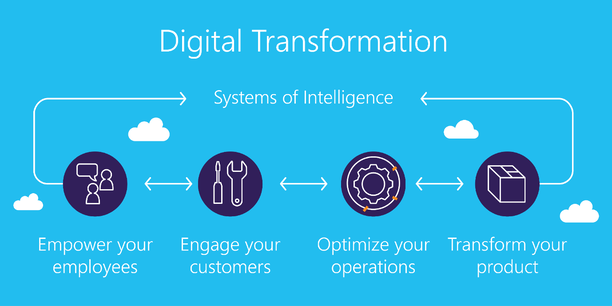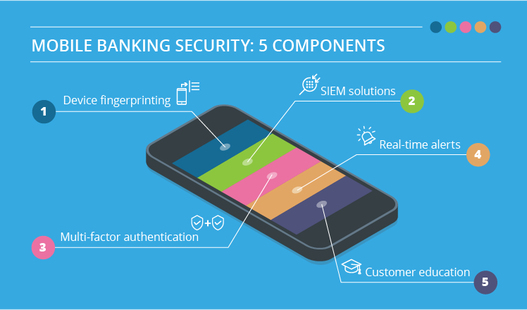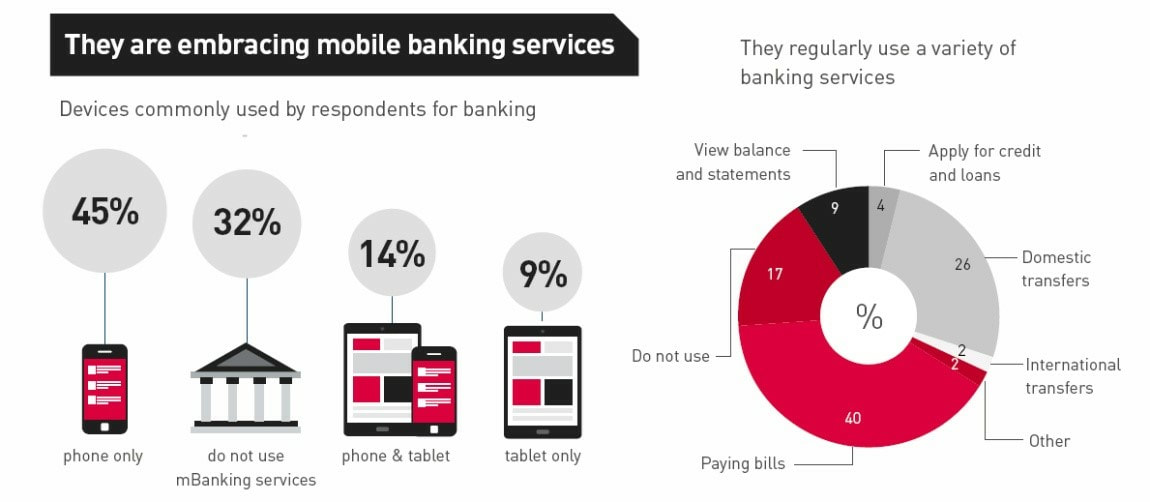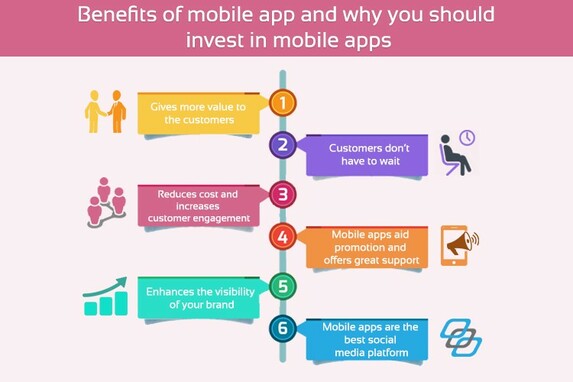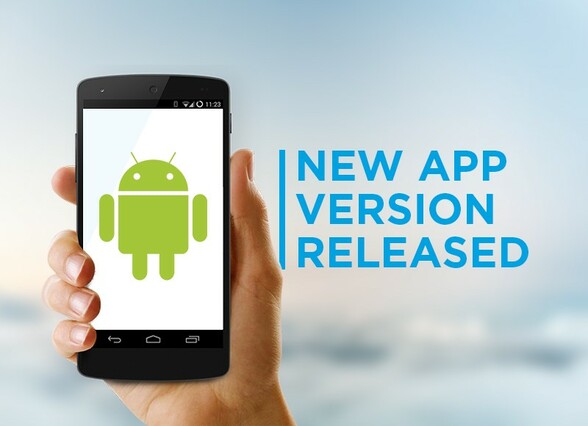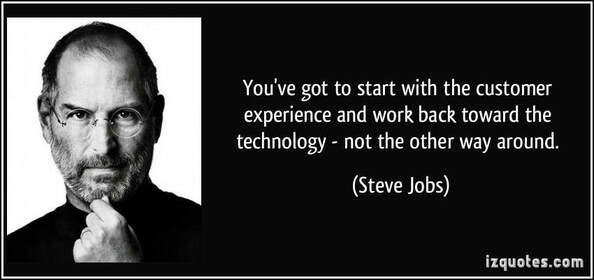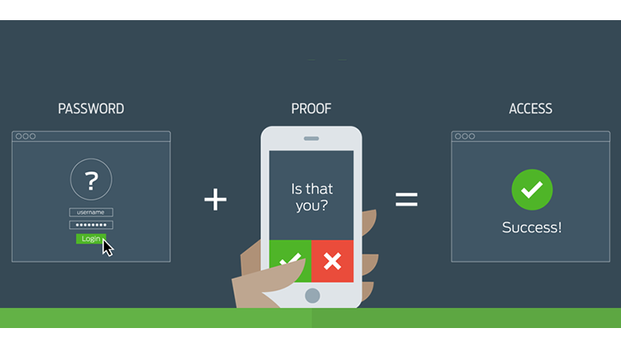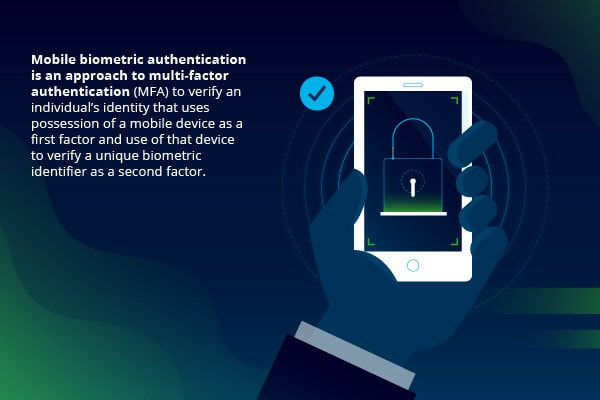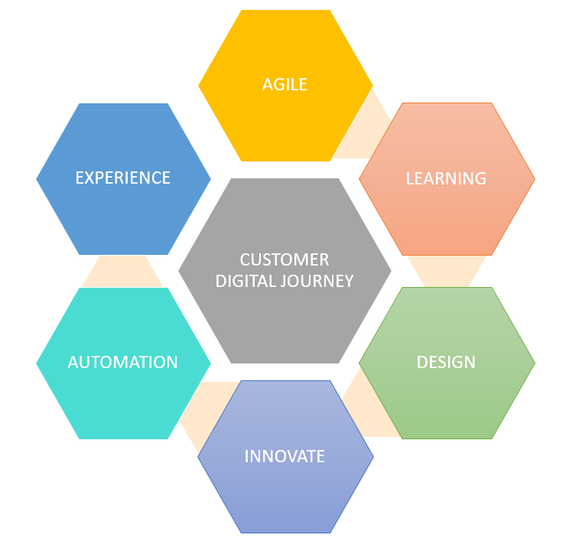No one wants to go and stand in lines and do things the old fashioned way anymore. They want quick service, which they receive with just a few taps of a button, sitting in their own living room. Since the first wave of digital transformation hit the markets, it affected economics and the industries in radical ways.
Retail is all about transferring possession of physical goods between a store and a consumer. When digital transformation is mentioned in such a scenario, goods cannot be digitally transmitted to the consumer but the entire process of browsing, selecting or discarding, paying and tracking the order can all be completed online. In Canada alone, about 22. 5 million people shopped online in 2018.
Source: https://www.statista.com/statistics/379437/number-of-online-shoppers-in-canada/
By 2019 it is believed that 50% of retailers will have adopted an omni-channel commerce platform. And by 2020, it is believed that technology will offer a different shopping experience with regards to floor management, interactive signage, financial services, Bluetooth device payments and even smart fitting rooms. It is clear that the Internet of Things (IoT) will play a key role in hyper personalization of the entire retail experience.
Source: https://www.idc.com/getdoc.jsp?containerId=US42404617
Changes in Customer Expectations
Consumers today use technology for everything from booking a ride to flight tickets, from ordering a meal to making insurance payments and even something as basic as grocery shopping.Retail is one of the most rapidly changing spaces in the world and it needs to evolve to keep up with and meet the growing demands of the evolving customer bases.
- Seamless experience: Customers expect a seamless, immersive and frictionless experience across all channels and also seeks experiences which are simple and fast.
- Innovation: Customers expect innovative shopping possibilities and the use of digital tools across each stage of the shopping journey.
- Rapid access to information and better customer service: The modern shopper is not very patient when it comes to waiting for information from the staff. On digital platforms information is available to staff and customers on their fingertips. Thus empowering them with the tools and knowledge needed to make the necessary sales and purchases.
- Self-service: Shoppers use the self-checkout, finding information kiosks, self-service and support themselves a lot more now. Most transactions happen via Mobile and self-checkout facilities offered. Going digital, self-service and information channels create more value and enable shoppers to stay up to date on all services, features and deals being offered.
- Mobility: Digital tools are useful and add value to the customers shopping experience at various stages of the shopping journey. Most tasks are completed while the consumer is on the go and via their mobile phones.
Retail Sector Today
“You cannot be complacent.”
– Tony Olvet, Group VP of research team at IDC Canada
Source:https://business.financialpost.com/technology/canadian-firms-at-risk-of-falling-behind-on-digital-transformation-idc-study-finds
Almost 90% of retail shoppers purchase their goods at stores. However this does not mean that the digital transformation wave has not impacted the retail sector. Pretty much every leg of a shopper’s journey is now digitized.
Source: https://www.forbes.com/sites/nikkibaird/2018/03/13/what-digital-transformation-actually-means-for-retail/#343ee49b7038
Digital transformation plays an important role to:
- Bridge the digital and physical shopping experience
- Transform the retail experience
- Personalized customer service
- Streamline back-office operations
- Respond to newer customer expectations
Retailers now need to focus on a digital value chain which collects data from all their customer interactions and uses that data to gain insight and create business models accordingly. The entire process of the goods passing from the factory to the supplier and finally to the consumer has to be a highly optimized model for the retail sector to see any benefits.
Significant obstacles are faced by retailers when they embark on a digital journey, such as technical issues, integration of the technology, consolidating data and even retiring outdated processes. They will fail to the make a digital transition if:
1. Retailers trying to avoid radical changes within their organization are stuck with outdated technology and inflexible processes. They would be stuck as they will not be able to evolve with time while the competition and rest of the market takes over their customer segment.
2. Retailers would need a data strategy and an insight driven culture. Once they analyse the data and know what the customers really want, it would be easier to come up with more effective marketing plans which target the right audience.
3. Technology needs to be seen as an enabler and all channels must be synced and give the customer an omni-channel feel. A fractured view of data and lack of insight will lead to dissatisfied consumers who will not show loyalty to the brand in this day and age.
Wrapping Up
“Change is the only constant in life.” Digital transformation is here to stay and the retail business cannot be only about products as the customer’s satisfaction is equally important. As mentioned earlier, in retail the focus is on the goods being sold, i.e. it is product-centric.In order to get their customers to stay loyal and meet their expectations they need to become more customer-centric and flexible in their business processes.
Competition increases the pressure to lower costs and with digital processes it will be possible to decrease costs all along the supply chain. Personalized experience being offered to shoppers will help ensure they have a heightened and immersive shopping experience. Focusing on digitally enhancing the brand also allows the retailers to convert web traffic into actual sales.
Ecommerce is said to be the fastest growing sales channel and it outpaces the growth of brick-and mortar retail by a factor of five.
Source: https://www.generixgroup-northamerica.com/blog/digital-transformation-and-the-north-american-auto-aftermarket
It does not matter if the company is a start-up or has been around, it will either need to come up with an agile process and retain it or transform it as needed. To capture today’s consumers, retailers need the best insight, customer friendly design and a good mix of technology and people.
If you would like to further discuss your digital transformation in retail, you can contact App Scoop mobile app developers on: https://app-scoop.com/contact-us.html.









